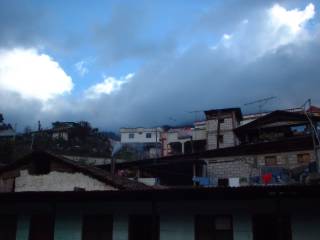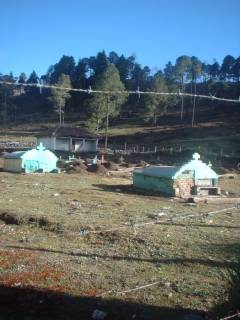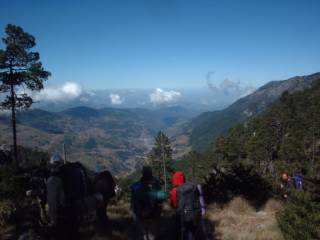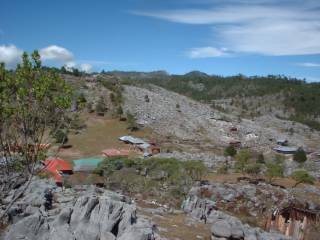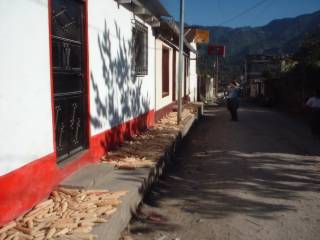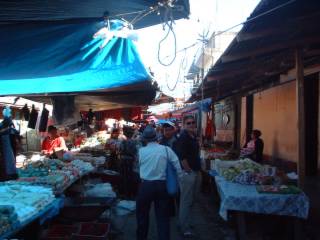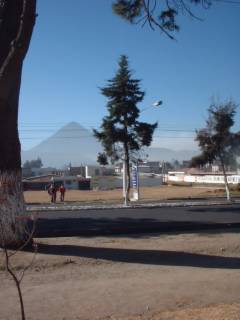Thoughts on voluntary work
Time is whizzing by now that T and I have got into our voluntary work, and suddenly there aren't enough hours in the day to feed ourselves or wash our underwear!
Still, on Saturday we are going on 'holiday'. I know that this is pretty outrageous as we are already on holiday. But we need to cross some border or other and come back into Guatemala so that we can stay another 90 days on our tourist visas. Although Costa Rica is quite far away, we thought that while we are on the right side of the world, it would be a wonderful thing to do, so we have a flight on Sunday from Guatemala city to San Jose (do you know the way to San Jose, la la la la la la la la la), which will be exciting.
Less exciting is the prospect of another bus trip between here and Guate city, but there really is no other way of travelling anywhere!
And I've been offered a paid job for when I return, which is tempting and a bit confusing. The job is as a coordinator at the spanish school that I studied at. At the moment I'm working on setting up a charity, working for another charity called Mayalan, which works indigenous women on empowerment and participation issues, and when I come back from CR, I'll be teaching 2 days per week in a rural school - which I am actually terrified about. Like, I don't mind teaching kids and Guatemalan kids are lovelier than British ones. However, trying to do so with my pathetic Spanish will be ummm, interesting!
Had an interesting chat with one of my housemates last night. He is of the opinion that all of us gringos should get out of the country and stop doing voluntary work. He thinks that by staying and working on the millions of voluntary projects here we are just sticking patches on the problem that allows the corruption of the government and organisations of all shapes and sizes throughout the country to continue. That's a weird thought, that by coming here and trying to do something useful, you are actually facilitating the continuation of what is so wrong. In fact, the levels of corruption, and the complete lack of trust in the policital system has really shocked me. Even the small charities here in Xela, I've heard pretty depressing things about. My housemate thinks that if all the gringos with their do-good ideas got out of the country, then it would get to a point where the people wouldn't stand it anymore, and would overthrow the govt and try to end the corruption etc.
Is it possible? I don't know. And in the meantime, I don't think I could bear to see the people of this country get any poorer.
